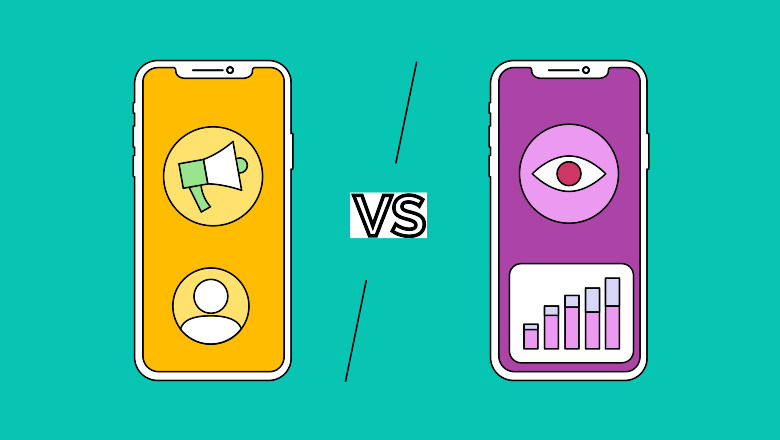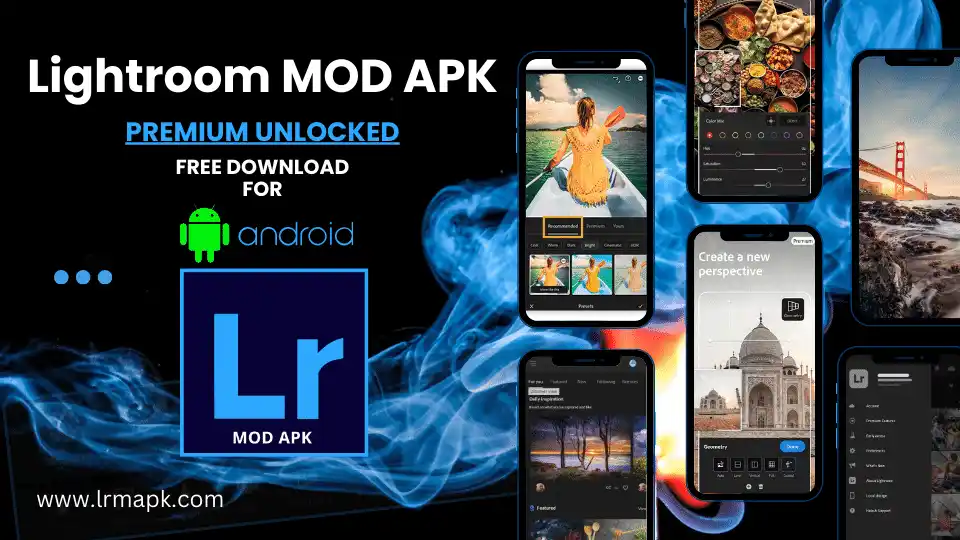If your business is working toward better brand awareness or looking to grow and influence your audience on social media, knowing the difference between reach and impressions is critical.
Marketers understand when it comes to strategy, it’s all about accurately measuring your social media analytics and finding areas to increase efforts.
While it’s very easy to group terms like reach and impressions together, they do have their own definitions and can vary per network. To help you accurately measure these metrics, here’s a crash course on reach vs. impressions.
Reach vs. impressions vs. engagement
Impressions are the total number of times your content is displayed, no matter if it was clicked or not. Reach is the total number of unique users who see your content. Engagement is the total number of times users interact with your content. This can include likes, comments, shares and clicks.
Think of impressions as each time a piece of content appears on someone’s feed. Impressions measure the total number of times your post is displayed on users’ screens, whether or not they engage with it.
It’s helpful to think of “reach” as the number of unique people who see your content. This is the count of unique users who see your post. It doesn’t matter how many times a particular user sees it; they are only counted once in reach.
Engagement takes things a step further than impressions. While an impression simply means your content appeared in someone's feed, engagement means they actually interacted with it in some way. This could include liking the post, leaving a comment, sharing it with their own followers, clicking a link or watching a video.
It’s also worth noting that engagement typically totals all counts of interaction with a post. This means it totals every time a user interacts with your post–by liking, commenting, sharing or clicking–it counts as an engagement. High engagement shows that your content is resonating with your audience and prompting them to take action.
Let’s walk through an example: You publish one post on your social platform of choice. In this scenario, let’s say you have 100 followers and only 90 of them are active that day.
So, even though only 90 users have seen your post with their eyes, they may scroll past it 2-3 times that day. Every time an active user has the post made visible to their screen that day, it is counted as an impression. That means your count of impressions for that single post would not be 90 followers, but could actually be closer to 180-270 impressions.
This is not the case for reach. Because this post is made visible on the screen of only your 90 active followers that day, that means only 90 users are counted for reach. As a reminder, reach only counts the number of unique users a post is made visible to.
So how does engagement fit in? If the post produced 36 likes, 7 comments and 2 shares, this is engagement! Engagement does not account for a unique user's’ interactions but counts all total interactions even if they come from the same user more than once.
There will also be situations where the number of impressions for a piece of content is sometimes larger than your follower count or reach. Notice in the example below how there are 93 likes and five shares. Each person who sees those five shares would be included in the number of impressions. We can’t see the total number of impressions, so let’s assume those shares are higher than the total number of likes and reach. This is because each share exposes your post to a new audience, potentially leading to many more impressions.

Understanding the difference between reach, impressions and engagement can be a challenging concept. But it is essential when tracking the success of a social media campaign, especially if you’re using other engagement metrics.
Engagement is, arguably, the most important of the three metrics to pay attention to when you’re measuring social media success. This is because engagement is the only one of the three terms to involve the user directly. Having someone simply see your content is one thing, but involving them and moving them to take action is another.
When your content inspires a user to take an action, that moves them leaps and bounds ahead in your brand’s “funnel of awareness.' You are much more likely to convert viewers that engage with your content into viable sales leads.
The value of social media impressions
Are you interested in calculating the ROI of your social media post impressions? Our social media ROI calculator was built to do just that!
[Free Tool] Social media ROI calculator
The essence of digital marketing lies in understanding that reach exposes to a larger audience whereas impressions measure visibility; however, true success is achieved through engagement—the active participation and connection with individuals.
What sets apart Reach, Impressions from true Engagement in digital marketing is that the former merely make a noise while engaged users create meaningful connections and drive lasting impress.
Reaching a wider audience should not sacrifice quality impressions and lasting engagement for meaningful connections. In today's digital realm, the trifecta of reaching at scale without diluting either originality in impression or stimulating user interaction is crucial to true brand success.
The essence of content creation is understood through the distinction between reaching out to an Audience, creating memorable impressions versus fostering meaningful engagement that sets true connections in motion.














